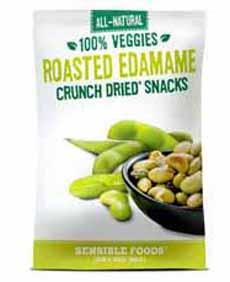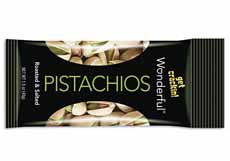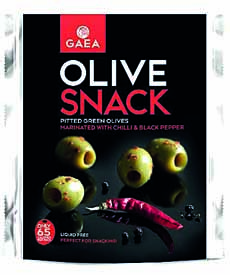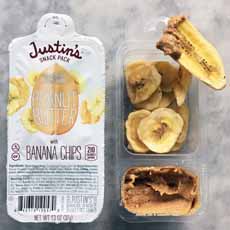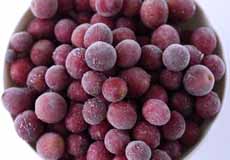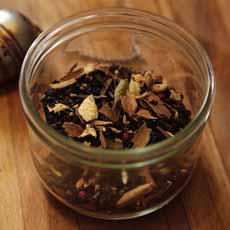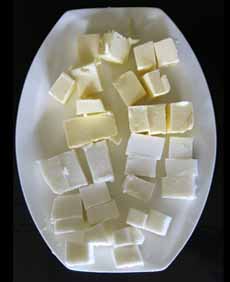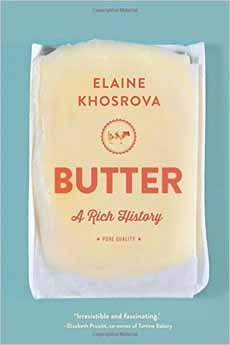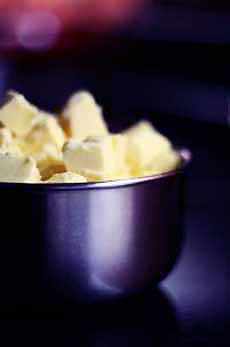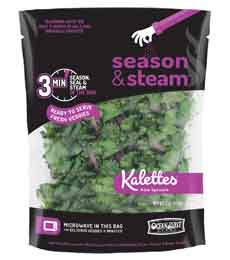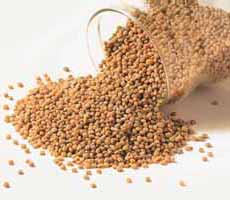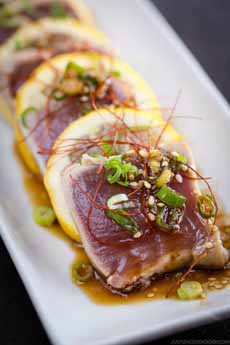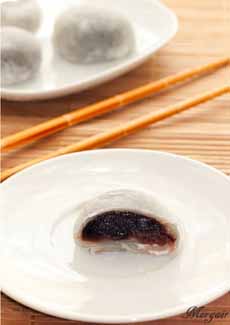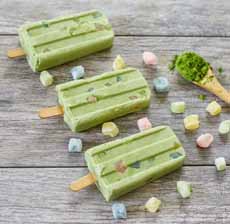|
Like ice cream? Get ready for a [relatively] new variation: ice cream mochi (MO-chee).
Mochidoki is a delightful ice cream treat—a sophisticated re-envisioning of a classic Japanese sweet made from rice dough: a dough of pounded, glutinous (but gluten-free) sweet rice flour that is steamed and kneaded until it becomes delightfully chewy and supple, with a velvet—like texture.
The resulting rice paste was often eaten plain and uncooked, pounded into a soft, chewy rice paste. There are still sweet and savory, uncooked and cooked versions.
Mochi is all about the texture. Centuries later, it was turned into dumpling-like sweets, exquisite little mouthfuls to accompany tea.
We love daifuku mochi, filled with sweetened red bean paste or other pastes, such as peanut and sesame. They can be served with tea (any kind) or coffee for an easy yet elegant snack (the different types of daifuku).
[SIDE BAR: Daifuku mochi are an ideal food for celebrations: Daifuku means good luck!]
The rice paste can be made into other forms, but today we focus on the sweet treat.
Like cookies and brownies, they are finger food; but like brownies and other bar cookies, they can be garnished simply—with sauces and/or fruit—to elaborate preparations like spun sugar.
THE HISTORY OF MOCHI
Ice cream mochi are a new, fusion food. The original mochi are Japanese sweet snacks, served as Americans might enjoy a cookie or two. Like a smaller, flatter jelly donut, the inside is filled with red bean (azuki) paste or other fruit-flavored bean paste, peanut or sesame paste. The rice outside is white or pastel-colored.
The exact origin of mochi is unknown, although it is said to have come from China. There are references as far back as 794 C.E., the beginning of the Heian period, the last division of classical Japanese history. It spanned 794 to 1185 C.E.* During this period, Buddhism, Taoism and other influences from China were at their height
By the ninth century, it had become a New Year’s treat in Japan, and by the tenth century mochi were used as imperial offerings and in religious ceremonies (more).
It also became used as an energy food: from the battlefield, where it was easy for Samurai to carry and prepare; to the farm, consumed by Japanese farmers to increase stamina on cold days.
Our first experience with mochi was the classic daifuki mochi, a tea cake of rice dough filled with red bean paste. We live in a city with readily available Japanese confections; if you’re ever in Manhattan, head to Minamoto Kitchoan with branches in midtown and the World Trade Center, and 11 locations worldwide. They also sell the delightful pastries known as wagashi.
THE HISTORY OF ICE CREAM MOCHI
Mochi Ice Cream is the best treat to serve at parties or events because they are delicious and convenient. Not only do they come in a variety of flavors so that your guests can discover their favorites, but they are also the perfect serving size! With the solid outer layer of rice-flour Mochi dough, they are easy to grab and carry around.
And centuries later, they were filled with ice cream.
Mochi ice cream has begun to expand nationwide in the U.S.
Mikawaya, a Japanese confectionary based in Los Angeles, started selling the product in Little Tokyo in the early 1990s. Building up a local following, it found its way to California-based Trader Joe’s, Albertsons, Ralphs and Safeway, and is now in their stores nationwide (you could buy pumpkin ice cream mochi for Thanksgiving).
The invention in Los Angeles was the casual idea of the Jewish husband of the third-generation owner of Mikawaya, Frances Hashimoto. Joel Friedman created the fusion food for snacking, wrapping spoonfuls of ice cream in plain mochi cakes.
Ms. Hashimoto developed her husband’s idea for retail. It took a decade of R&D to develop a rice dough that would remain chewy and tender after freezing. Commercial production began in 1993, with seven flavors: Chocolate, Green Tea, Kona Coffee, Mango, Red Bean, Strawberry, and Vanilla.
Mikawaya’s pioneering efforts engendered supermarket competition from Little Moons, Maeda-En and Mikawaya’s sister brand, My-Mo.
But we prefer gourmet newcomer Mochidoki for its better-quality ice cream, broad variety of flavors and elegant, thinner mochi covering.
MOCHIDOKI FLAVORS
Flavors change seasonally. You can get a 10-pack of one flavor, or a four-piece gift box featuring four different flavors.
The only problem is making a decision. We’re ready to place another order, and we don’t know where to start!
All are so very delicious. The current best-seller is Salted Caramel; but we adored every flavor, with a “wow” to the hot-and-cold Spicy Chocolate.
Fall-Winter flavors, available in 10-packs ($20), include:
Azuki Red Bean
Black Sesame
Frothy Chocolate
Ginger Zing
Lychee Colada
Mandarin Orange Cream
Matcha Green Tea Chocolate Chip
Matcha Green Tea Classic
Mochaccino Chip
Raspberry White Chocolate Crunch
Salted Caramel
Vanilla Chocolate Chip
More flavors follow!
|
|
Mochi Presentations, From Simple To Fancy

[1] Mochi are small balls of ice cream covered in a velvety, chewy rice paste. Two classic flavors: Matcha Green Tea and Vanilla Chocolate Chip (photos © Mochidoki).
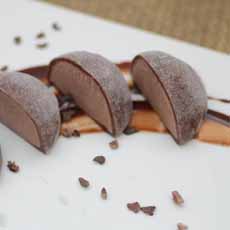
[2] Dress up the plate with dessert sauce (plus, with chocolate, some cacao nibs).
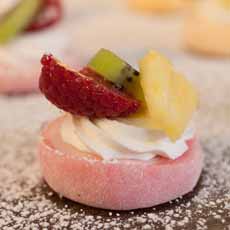
[3] Garnish halves with whipped cream and fruit.

[4] The best seller, Salted Caramel, garnished with spun sugar.
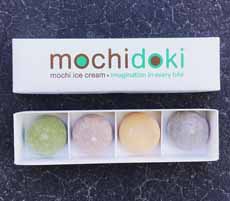
[5] Four-flavor gift boxes let you try more flavors.

[6] Three gift boxes, 12 great flavors.
|
